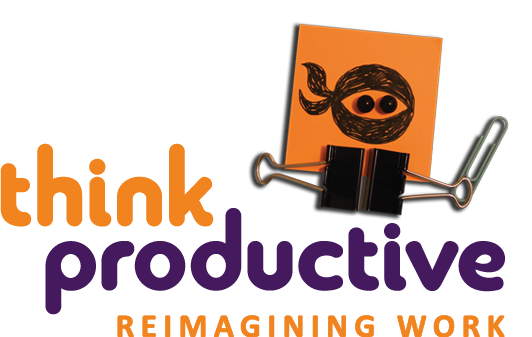Somewhere along the line, the game changed
We now live in an age of constant connection and information overload.
The current potential to be bombarded with new information inputs – and from several different sources at the same time – would have been staggering to comprehend even ten years ago.

In the old time management texts, dealing with new inputs was simple enough: they came in the form of paper letters, delivered to the office first thing every morning and perhaps again first thing in the afternoon if you were really popular. Dealing with and reacting to the new was a self-contained, limited activity that would take no more than an hour a day.
According to the old time management principles, this left you free for the rest of the day to get on with the ‘real work’, which could be planned out early in the day via a simple daily to-do list and ABC priority system.
Today, such systems seem archaic: it’s a big challenge to create the time and attention needed to get anywhere near our real work because we’re buried under 24-7 email, social media, voicemails, instant messenger, texts, intranets, conference calls, collaboration tools and the burden of staying connected.
Like this? Try these
Try one of our time management workshops (with a difference)
Definition of Attention Management by Think Productive UK
TASK: Attention Management – Map Your Day Pt 1 and Map Your Day Pt 2
Recovering from information overload (mind-revolution.org)
Guide to Information Overload (slideshare.net)

